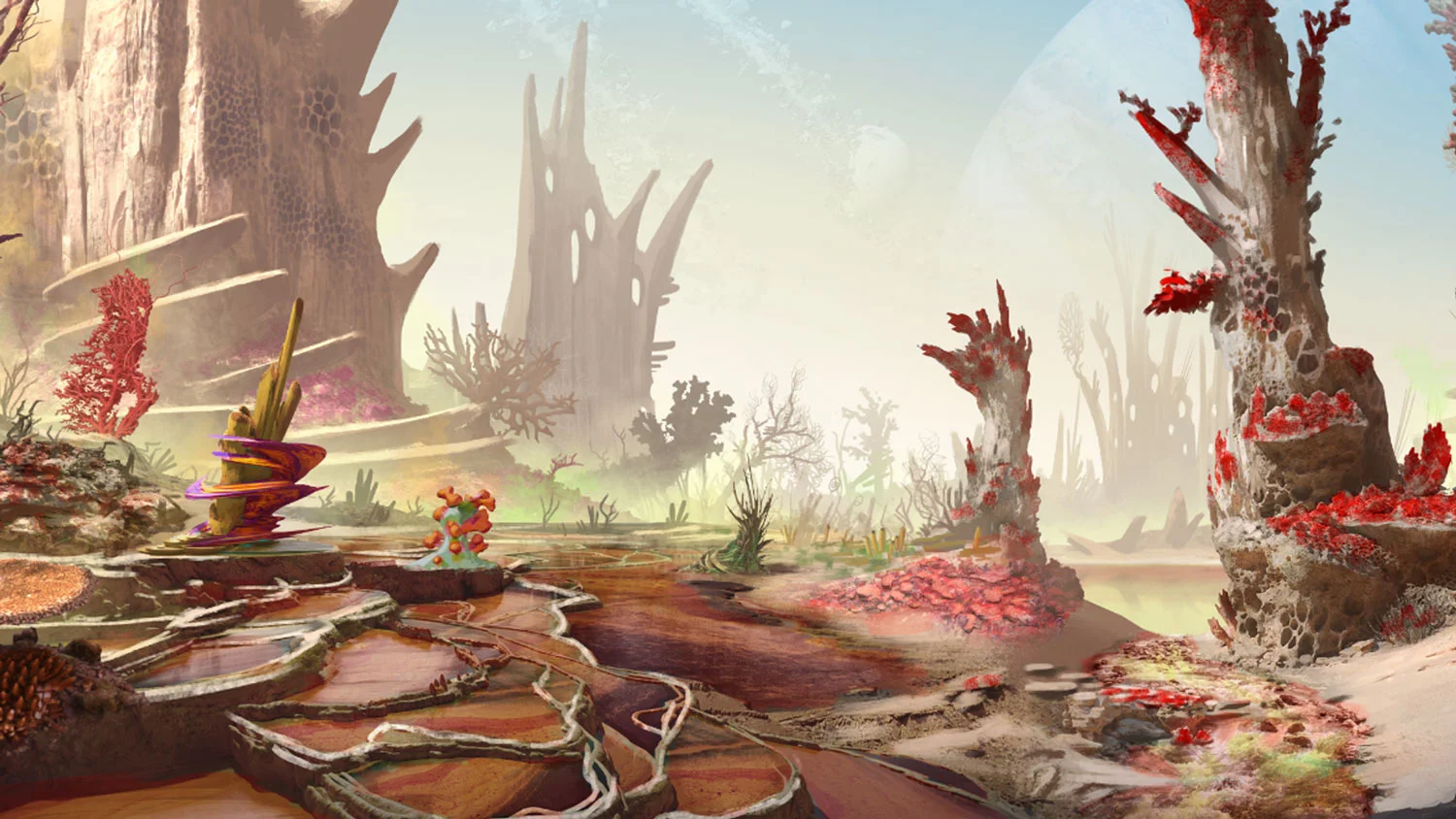
Whether you’re exploring the vibrant streets of a bustling city or embarking on a quest through mystical lands, virtual cafes and inns play a crucial role in creating immersive gaming experiences. These virtual spaces serve as hubs for players to rest, replenish their resources, interact with NPCs, and even uncover hidden storylines. But, how do developers go about creating believable virtual cafes and inns that truly captivate players?
The key to crafting a believable virtual cafe or inn lies in the attention to detail. From the architecture and interior design to the ambient sounds and lighting, every element must work together seamlessly to transport players into the game world. Let’s take a closer look at how developers achieve this feat.
Research and Inspiration
Before diving into the development process, developers often conduct extensive research to gather inspiration for their virtual cafes and inns. This may involve studying real-world cafes and inns, exploring different architectural styles, and immersing themselves in various cultures to capture the essence of a particular setting.
By drawing inspiration from real-world places, developers can create virtual spaces that feel authentic and relatable to players. Whether it’s a cozy tavern nestled in the mountains or a bustling cafe in a futuristic metropolis, each virtual space should evoke a sense of place and atmosphere that resonates with players.
Architectural Design
Once developers have a clear vision for their virtual cafe or inn, they begin the process of architectural design. This involves creating detailed minecraft server hosting mods blueprints and 3D models of the space, taking into account factors such as layout, decor, and functionality.
In designing the architecture of a virtual space, developers aim to strike a balance between aesthetics and functionality. For example, a virtual cafe may feature cozy nooks for players to sit and chat with NPCs, while a virtual inn may offer spacious common areas for players to relax and socialize with other characters.
Interior Design
After finalizing the architectural design, developers turn their attention to the interior design of the virtual cafe or inn. This includes selecting furniture, decor, and lighting that complement the overall theme and atmosphere of the space.

From rustic wooden tables and flickering candlelight to modern furnishings and sleek, futuristic accents, every detail in the interior design contributes to the believability of the virtual space. Developers often pay close attention to the placement of objects, the color palette, and the overall ambiance to create a cohesive and immersive experience for players.
Ambient Sounds and Music
In addition to visual design, ambient sounds and music play a crucial role in enhancing the atmosphere of a virtual cafe or inn. Developers carefully select sound effects, background noise, and music tracks that complement the setting and evoke the desired mood.
For example, a virtual cafe may feature the gentle hum of conversation, the clinking of cutlery, and the hiss of a steam wand frothing milk for lattes. On the other hand, a virtual inn nestled in a forest may be filled with the chirping of crickets, the rustling of leaves, and the crackling of a cozy fireplace.
NPCs and Dialogue
NPCs (non-player characters) are essential elements in bringing a virtual cafe or inn to life. Developers create a roster of NPCs with unique personalities, backstories, and dialogue that add depth and richness to the virtual space.
Players can interact with NPCs to learn more about the setting, uncover side quests, or engage in meaningful conversations that shape their gaming experience. Whether it’s a chatty barista in a bustling cafe or a mysterious innkeeper with a hidden agenda, well-written NPCs can make the virtual space feel dynamic and immersive.
Hidden Storylines and Quests
In addition to providing a place for players to rest and socialize, virtual cafes and inns often hide secrets, storylines, and quests waiting to be discovered. Developers sprinkle these hidden gems throughout the virtual space to encourage exploration and reward curious players.
From a cryptic note hidden behind a bookshelf to a secret passage leading to a hidden treasure room, these hidden elements add depth and intrigue to the virtual cafe or inn. Players who take the time to explore every nook and cranny may uncover valuable loot, important plot points, or new allies to aid them on their journey.
In conclusion, creating believable virtual cafes and inns requires a meticulous attention to detail, a deep understanding of player immersion, and a passion for world-building. By combining architectural design, interior decor, ambient sounds, NPC interactions, and hidden storylines, developers can craft virtual spaces that feel alive and inviting to players. So, the next time you step into a virtual cafe or inn in your favorite game, take a moment to appreciate the thought and care that went into creating that immersive experience. Happy exploring!
